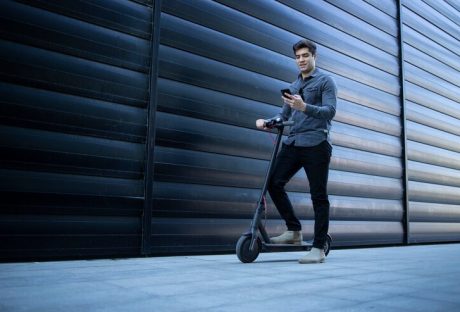Whether it’s a fender bender or a head-on collision, car accidents happen to drivers in California all the time, resulting in serious injury or property damage. This makes it very important to know what to do if you find yourself in a similar situation.
So, if you are reading this blog post, we assume that you have recently been in a car accident and want to know more about what the law says regarding your situation.
The following information will help answer some of your questions regarding car accidents in California and what they mean for you moving forward.
Contents
What To Do After a Car Accident in California
When you’ve been in a car accident, regardless of the severity, the first thing to do is to contact the police. Police officers on site will ensure everyone’s safety and create the CHP traffic incident report. You will need this document to file an insurance claim because it will state the accident’s details and who is at fault. During the call, you should mention if anyone is injured. Doing this will ensure that injured drivers or bystanders receive medical attention as soon as possible.
But if you’re all good, you can proceed to notify your insurance company as soon as possible. This means that you should call your insurance provider as soon as you can and inform them of the accident.
If your vehicle is damaged, you should also take pictures of the damage and keep a record of all expenses related to the accident, such as towing charges or repairs to your car.
Your next step should be to exchange information with the other driver. This means that you should record their name, contact information, and the insurance company.

Determining Liability
After a car accident, the first thing to do is to determine who is responsible. You will have to do this with the other driver or their insurance company.
You will have to prove that the other driver is liable for the accident because they broke one of the road rules or failed to follow the standard of care. These include failing to yield the right of way, following another car too closely, or driving above the speed limit.
In some situations, more than one driver may be at fault for the accident. In this case, both drivers will have to share some of the liability for the damages caused due to the accident.
When Is a Car Accident Considered To Be Your Fault?
In most situations, the other driver will be responsible for the accident. However, if the accident was your fault, you won’t be able to recover any damages from the other driver.
This means you will have to cover all costs of the accident, including medical bills and repair costs to your car.
In some situations, you may be able to get insured for your own fault, but this will depend on your car insurance policy.

How Car Accident Lawyers Can Help
If you have been in an accident and have been injured, it might be a good idea to contact car accident lawyers.
These kinds of car accidents can get very complicated very quickly, so having a lawyer on your side can help reduce the stress of the situation. They can help you determine who is to blame for the accident and what damages you can recover from.
Car accident lawyers can also help you get compensated for any injuries you have sustained.
Damages you may be entitled to include medical bills, lost wages, and vehicle repairs such as to your car or the other vehicle.

In Conclusion
Car accidents can happen to anyone, anywhere, and at any time. This is why it is important to be prepared in case you find yourself in a similar situation. You should know what to do if you are in a car accident in California and what to expect moving forward.
Hopefully, the above information will help make your experience smoother and less stressful.
Additional:





















